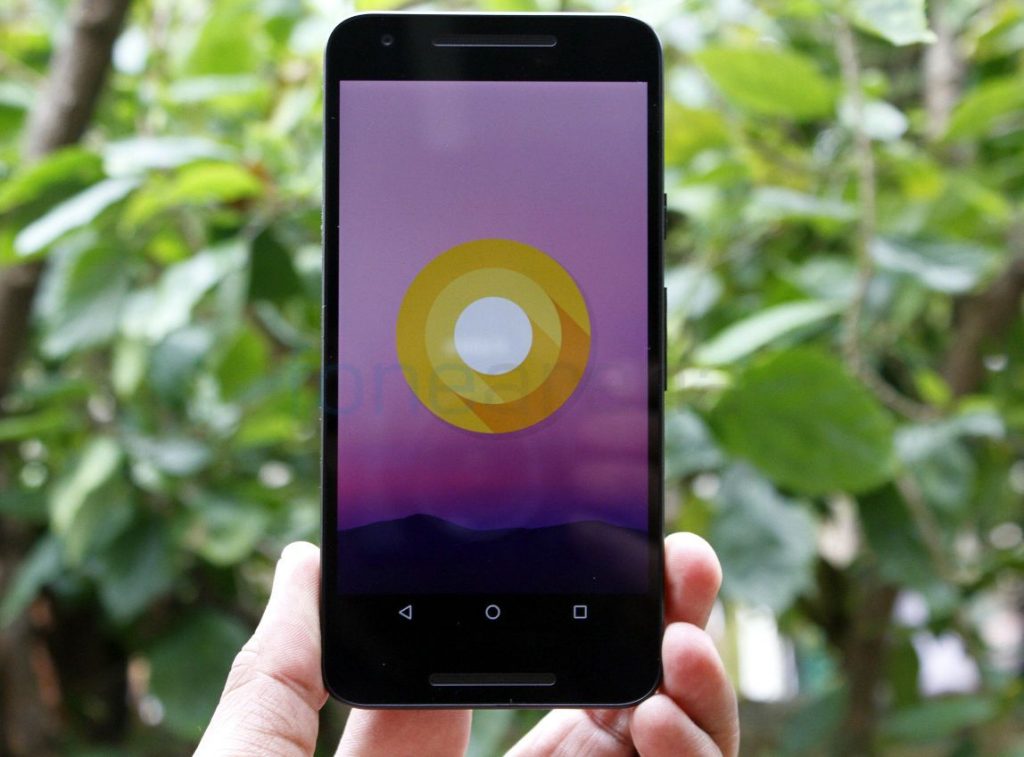
Google released final Android 8.0 (Oreo) update back in August. Today it has released the first Android 8.1 Developer Preview for Pixel and Nexus devices. The latest update includes a set of targeted enhancements including optimizations for Android Go and a new Neural Networks API to accelerate on-device machine intelligence.
Google says that it also includes enhancements to Oreo such as Autofill enhancements and Shared memory API based on user response and developer feedback. Android documentation mentions Apps can now only make a notification alert sound once per second, and alert sounds that exceed this rate aren’t queued and are lost.
Android 8.1 also brings Bluetooth battery level indicator in Quick Settings and Automatic light and dark themes on all devices, which were previously available only on Pixel 2 phones.
Android 8.1 developer preview images are now available from Android developer website here and it is rolling out OTA update for those who have signed up for beta program. It is available for Pixel 2, Pixel 2 XL, Pixel, Pixel XL, Pixel C, Nexus 5X and Nexus 6P. Google said that it is planning to release the final version in December. Check out the complete changelog below.
- Neural networks API: The Neural Networks API (NNAPI) provides apps with hardware acceleration for on-device machine learning operations. The API supports on- device model creation, compilation, and execution.
- Notifications: Apps can now only make a notification alert sound once per second. Alert sounds that exceed this rate aren’t queued and are lost. This change doesn’t affect other aspects of notification behavior and notification messages still post as expected.
- Improved targeting for low-RAM devices
- Autofill framework updates: custom descriptions that the Android System shows in the autofill save UI, specify a Validator object that your app can use to decide if the Android System should show the autofill save UI, and more.
- EditText updates
- Programmatic Safe Browsing actions: Devs can control whether an app reports known threats to Safe Browsing, and have the app automatically perform a particular action—such as going back to safety—each time it encounters a URL that Safe Browsing classifies as a known threat.
- Video thumbnail extractor: The MediaMetadataRetriever class has a new method, getScaledFrameAtTime(), that finds a frame near a given time position and returns a bitmap with the same aspect ratio as the source frame, but scaled to fit into a rectangle of given width and height.
- Shared memory API: Android 8.1 (API level 27) introduces a new SharedMemory class. This class allows you to create, map, and manage anonymous shared memory that can be used by multiple processes or apps.
- WallpaperColors API: Adds support for managing wallpaper colors. This feature lets you create a WallpaperColors object from a bitmap, a drawable, or by using the first three most visually representative colors. You can also retrieve details of the first three noticeable colors of a wallpaper.
- Fingerprint updates
